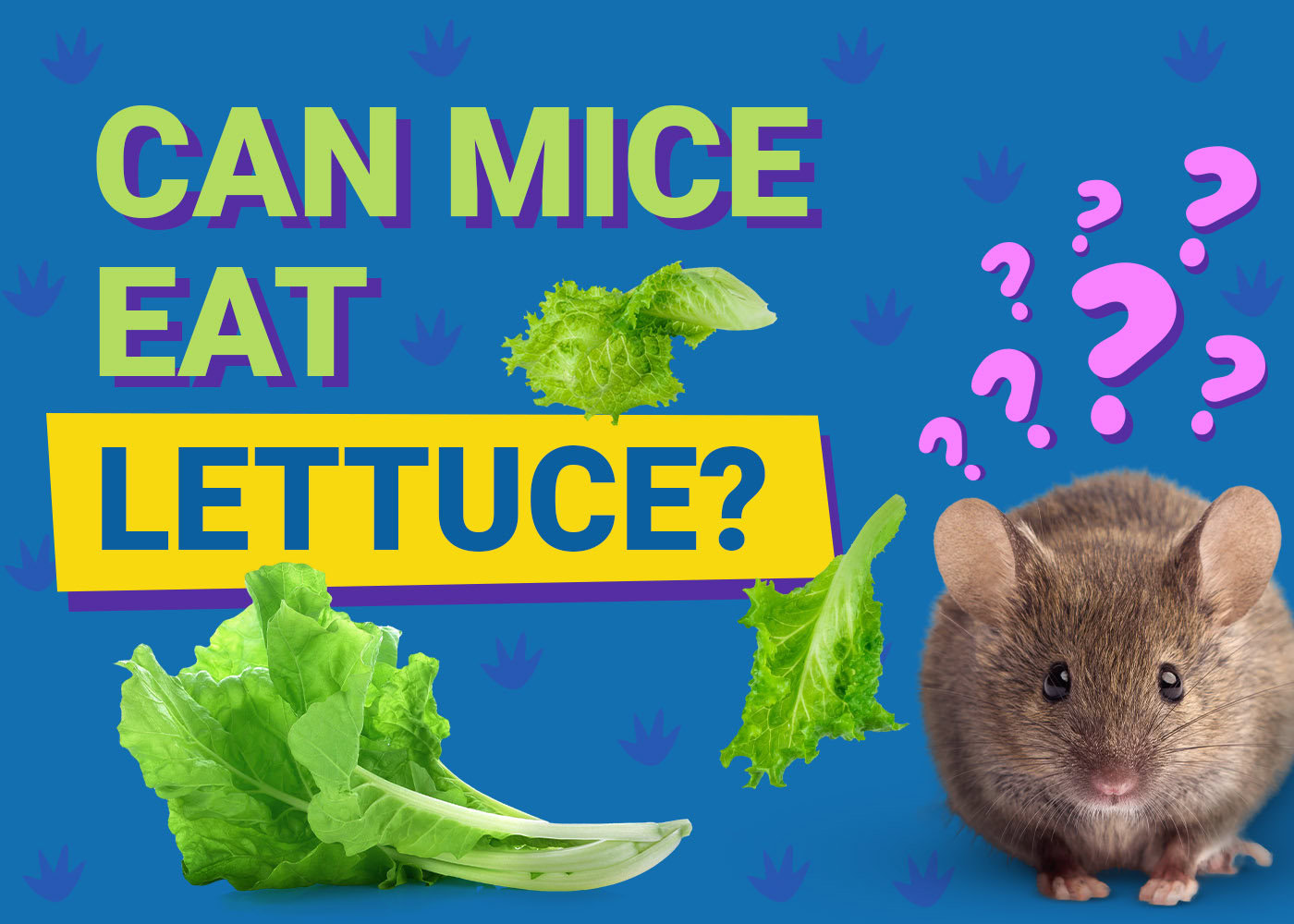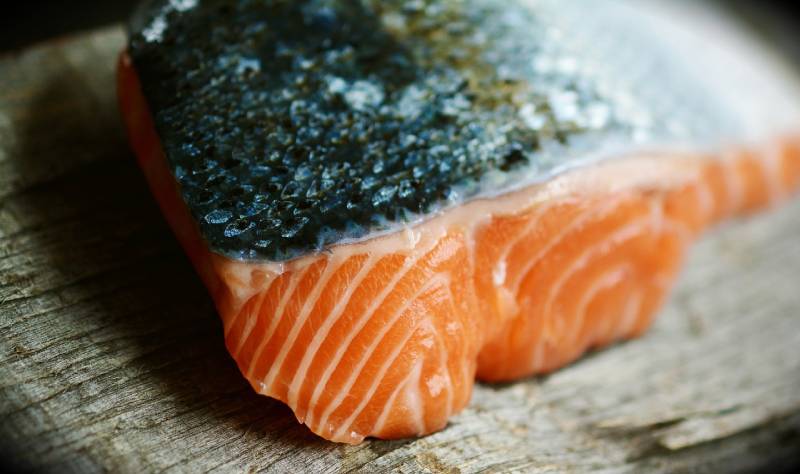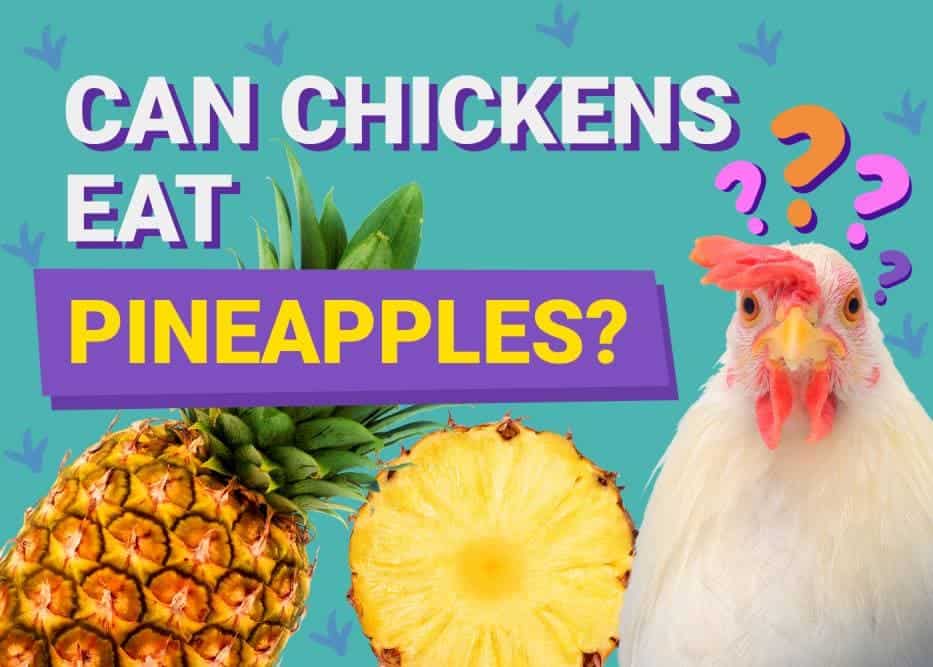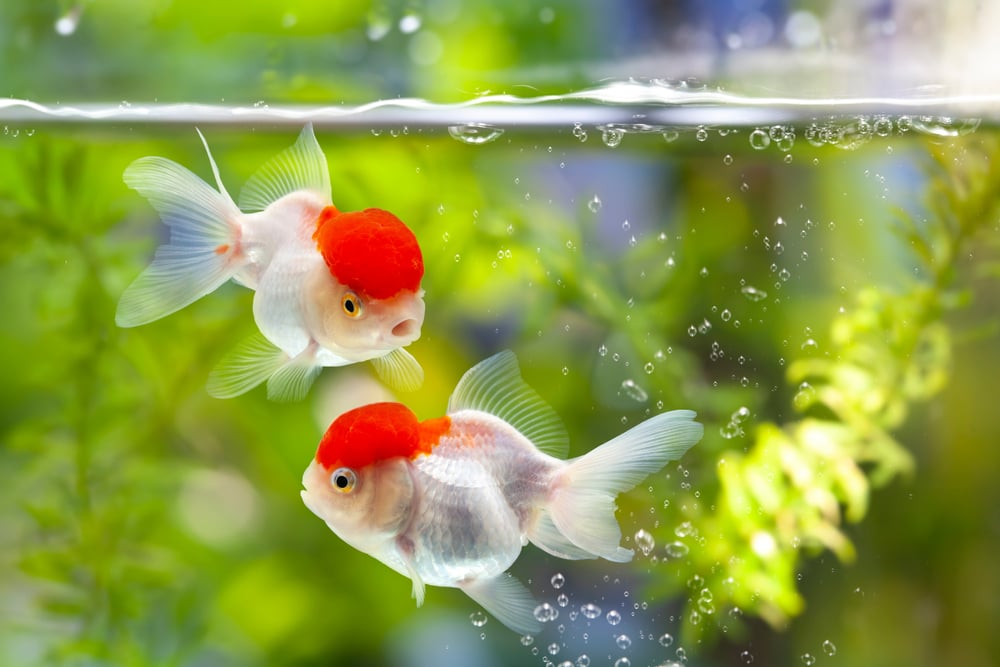Click to Skip Ahead
Do you have a pet mouse? Have you ever wondered whether or not it can eat human foods such as lettuce? The short answer is no, mice should not be fed lettuce. In this article, we will discuss this topic in further detail. We will also go over mouse nutritional needs, as well as other foods you absolutely should not give your pet mouse.

Why Can’t Mice Have Lettuce?
Ultimately, mice should not be fed lettuce because it can cause them to experience diarrhea. 1 This is not the same as a diarrhea episode in other pets (such as cats or dogs); rodents don’t handle diarrhea well due to the way their digestive system works.
Mice eat their own feces to maintain digestive health, a phenomenon known as coprophagy. Though it sounds bizarre to us, it is completely normal and necessary for them. Coprophagy allows a mouse to utilize their feces to obtain more nutrients from them as they pass through their system a second time. Experiencing diarrhea greatly compromises their ability to practice coprophagy. In turn, this quickly results in more drastic nutritional losses and the rapid deterioration of their health.
There is no nutrient in lettuce that a mouse cannot obtain from other, safer food sources. As such, feeding a mouse lettuce and compromising their health is strongly discouraged.
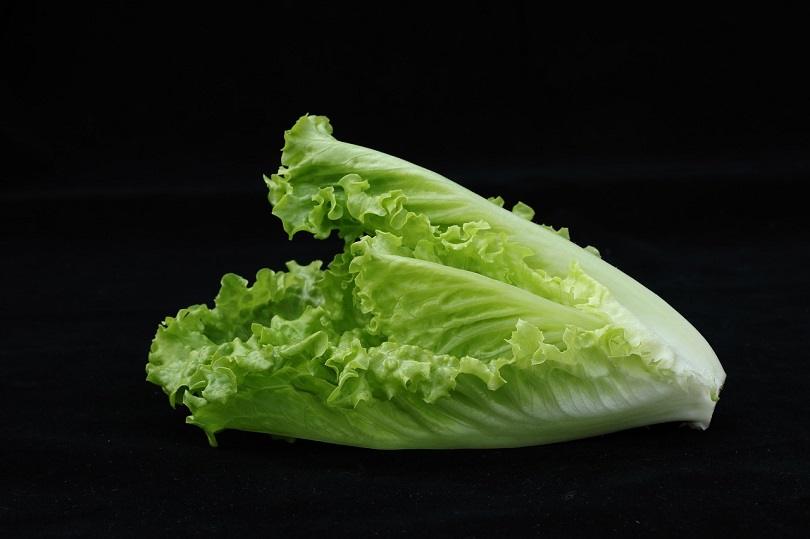
Nutritional Requirements for Mice
Mice are omnivores, which means they can eat a variety of plants and animal proteins. As a baseline, you should make sure to give your mouse pellet food that is specifically formulated for mice. Food intended for lab mice is not recommended for pet mice, as it often contains levels of fat which are undesirable for a pet mouse’s nutritional welfare.
Pellets or blocks are the easiest options because they contain all the essential vitamins your mouse requires. As an added bonus, they can help keep your mouse’s teeth from growing too long.
On average, a healthy adult mouse will eat 3 to 5 g of food and will drink 3 to 5 mL of water daily. Because mice are foraging scavengers, pet mice should have food available at all times, as this encourages them to engage in foraging activities. Though many people enjoy putting their mouse’s food in a single dish, it’s often better to scatter and hide the food throughout their enclosure, as it encourages them to explore and find morsels throughout the day (which, in turn, promotes exercise).
Other Foods to Avoid
Your mouse is likely to eat just about anything they can get their hands on, but there are some foods that are not good for mice to eat.
- Rhubarb
- Grapes
- Raisins
- Onion
- Garlic
- Soda
- Caffeine (coffee, tea, chocolate)
- Energy drinks (includes sports drinks/supplements)
- Processed foods meant for human consumption
- Preserved meats
- Excessive amounts of fruits
- Dairy products
- Fruit seeds
- Fruit pits
- Raw Potatoes
Please note that the list above isn’t exhaustive. If you’re in doubt about the safety of a food being incorporated into your pet mouse’s diet, it’s best to omit it from their diet until you can obtain more information about its safety from your veterinarian.
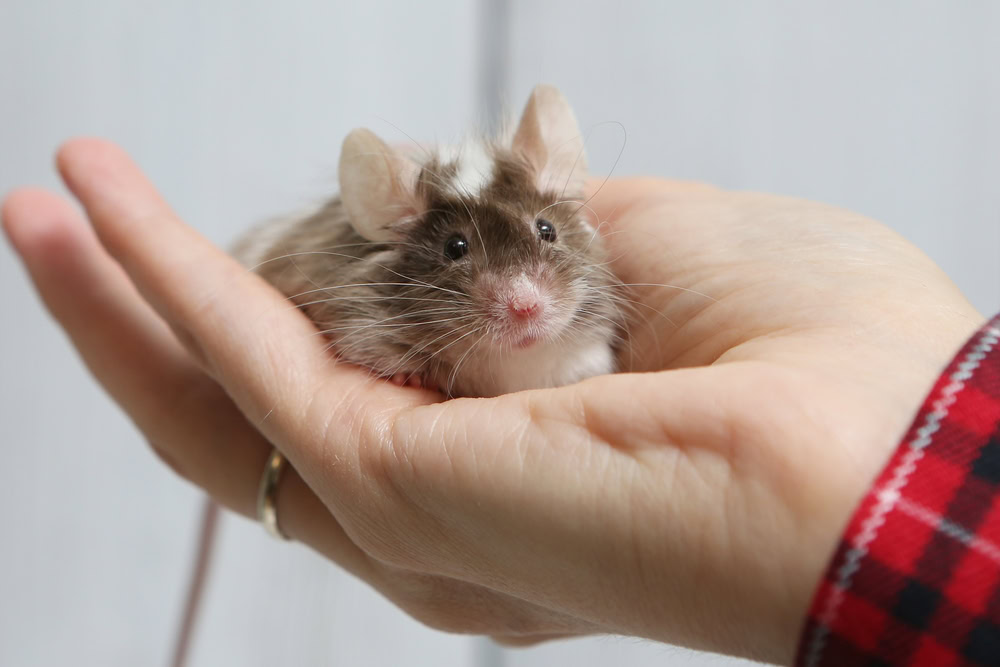

Final Thoughts
Lettuce is not recommended for pet mice, as it can lead to diarrhea, which can quickly lead to a very severely deteriorated pet. The digestive physiology of rodents is such that diarrhea is far more serious for them than it would be for a pet cat or dog, therefore lettuce is one food item you should reserve for yourself and not your mouse.
